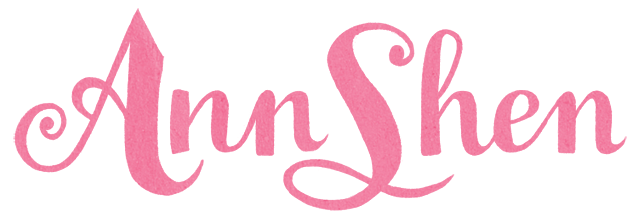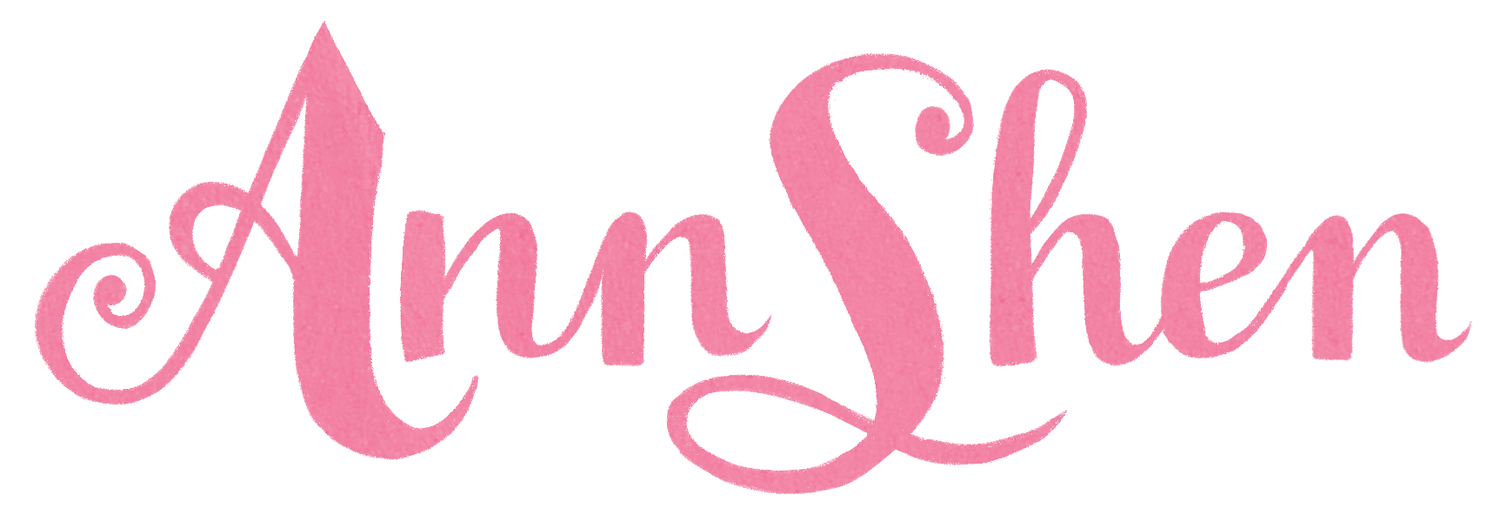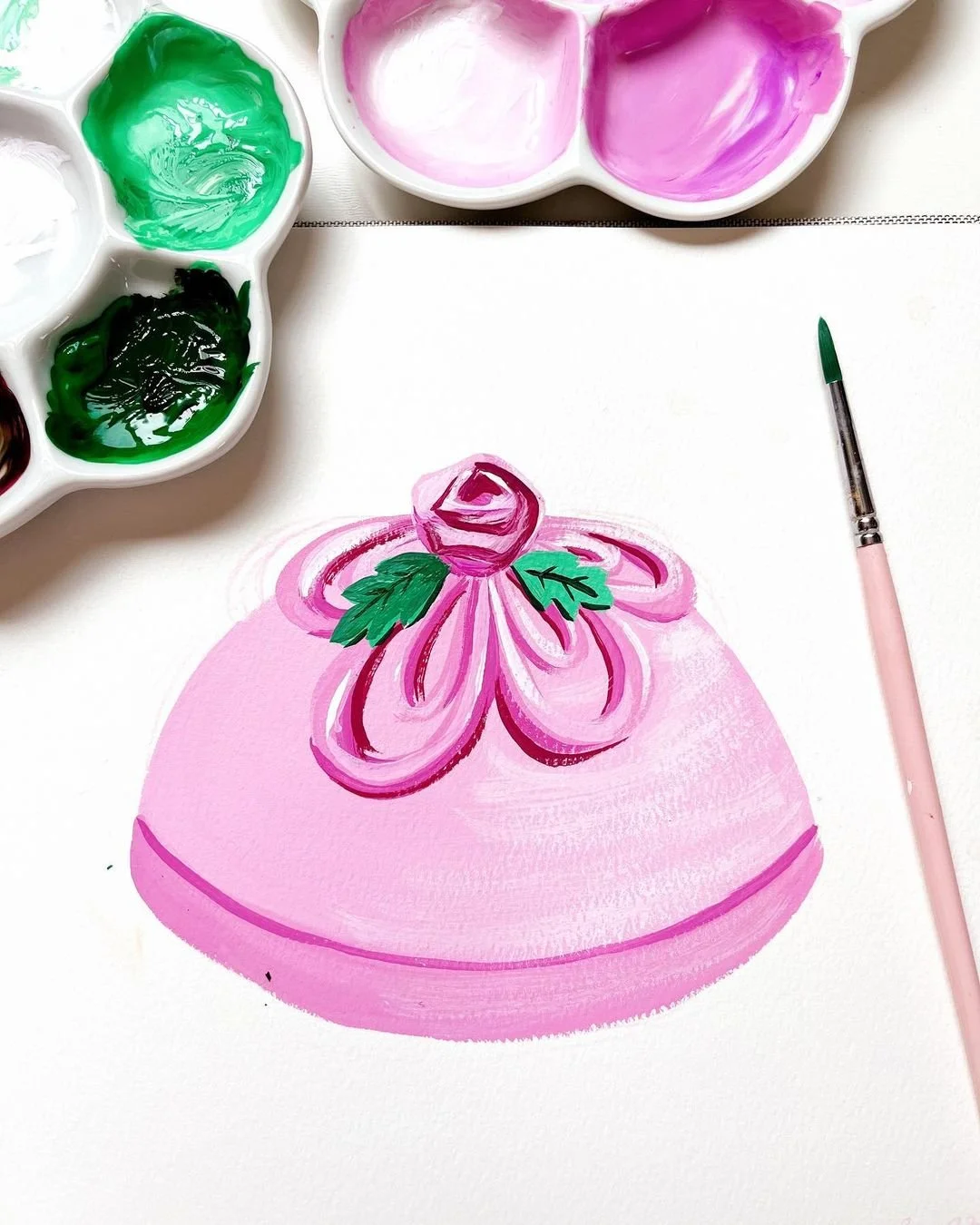How to Start a Painting
Artist’s block is something we all experience at one time or another. It’s especially difficult for beginner artists to know how to start a painting. Staring at the blank page can be intimidating, but in this blog post, I’m going to share a few tips for how to beat the fear of the blank page and get started making art!
Daily Inspiration Gathering
The biggest hurdle with facing the blank page is not having a clear idea of what to paint. Oftentimes we’re told to sit and wait for inspiration to strike, but if you just wait around for inspiration to come to you, you might be waiting a long time…
The solution is to be constantly gathering inspiration. I have a daily practice where I peruse Pinterest and pin things that inspire me. I have a board specifically for things I want to paint, and I can always visit it when I want to start a painting but have no idea what to paint.
(NOTE: Pinterest is a great tool for inspiration only. You never want to copy other artists’ or photographers’ work directly. Check out this post to learn more about how to gather inspiration without copying other people’s work.)
I also am constantly collecting inspiration from my surroundings. Any time I see something I want to paint, I snap a picture or write it down in the notes app on my phone. Take these sweet treats for example. I saw them in a bakery and was inspired to paint a pretty Swedish Princess Cake!
By constantly gathering inspiration, you’ll never have a hard time finding ideas for what to paint!
Research + Reference Photos
Once you’ve decided what you want to paint it’s time to spend some time researching the subject you chose. Find what you like about it. Look at photos of the subject from different angles.
Gather reference images of your subject. You’ll use these to create sketch studies so you can decide how you want to portray the subject and add your own unique style to the painting.
NOTE: If you take a reference image yourself (i.e. if you’re walking in your neighborhood, see a pretty flower, and snap a picture of it) you don’t have to gather multiple reference images. If you took a photo of something in nature you don’t have to worry about copyright violations.
Sketch Studies
Once you’ve gathered a lot of good reference images it’s time to do some rough sketch studies. I like to sketch from a lot of different reference images before I create my own unique sketch. This helps me learn more about the subject and get warmed up for my own sketch. Here’s an example of how I create multiple sketch studies and then use what I learned doing those sketch studies to create my own unique illustration. You can learn more about this process in my class, Iconic Women in History: Draw Your Inspiration!
Sketch
I always sketch out what I’m going to draw before I paint it. This helps make the blank page feel less intimidating and gives me a clear roadmap for what I’ll be painting.
Paint!
Now it’s time to officially start! If you haven’t figured it out by now, starting a painting is less about the paint itself, and more about the preparation. Once you’re prepared, starting is easy! A little preparation makes the whole process so much more enjoyable.
If you’re a beginner and still aren’t sure where to start, I’d recommend following along with some painting tutorials. This is a great tool for learning and will help you build your confidence as you start to create your own unique artwork.
I teach multiple online classes where you can follow my painting process step by step. Join me in one of my Skillshare classes where I teach gouache painting and more! You can enroll in any of these classes for free with a free month long trial to Skillshare. Use this link to sign up and get your free month!








